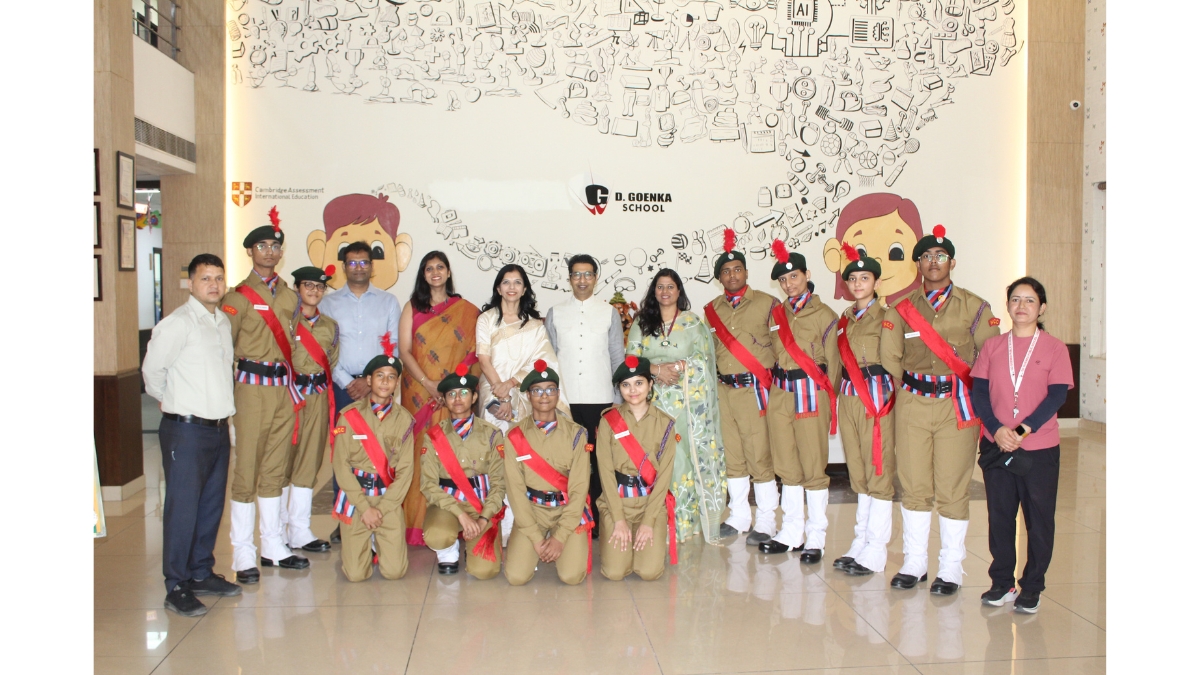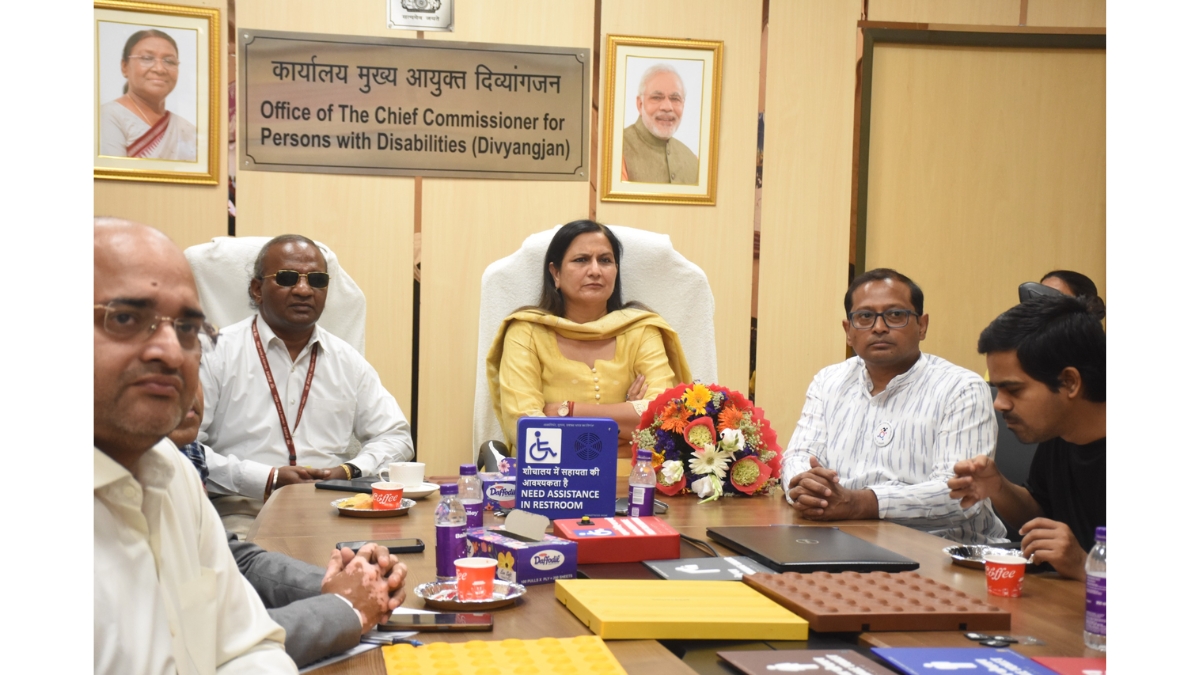A clear data analytics roadmap is the cornerstone for good decision-making, say Sigmoid founders

“Your priorities should change as the company grows. Learn to change your priorities fast and be more agile, rather than having a fixed mindset, because every year your perspective has to change as the situation is always different for the company,” says Sigmoid Co-founder and Chief Analytics Officer Rahul Singh, as the data engineering and AI solutions company completes its tenth anniversary this year.
That statement has defined Sigmoid’s growth over the last decade. The company has constantly evolved and innovated to better serve customers and scale operations across the globe, by helping enterprises make better decisions with their data, through enterprise-grade solutions that leverage cloud and open-source technologies.
Founded in 2013 by three batchmates from IIT Kharagpur — Lokesh Anand, Co-founder and Chief Executive Officer; Mayur Rustagi, Co-founder and Chief Technology Officer, and Rahul Singh — Sigmoid’s data strategy services leverage three factors that sets it apart from similar providers: strong data engineering with robust and scalable infrastructure: high-quality data solutions; and their application areas (data products, analytics platforms, and machine learning solutions).
Strong foundations
Anand and Rustagi first met at Delhi Public School, R. K. Puram, with Singh joining them when they began studying at IIT Kharagpur. The three eventually graduated from the institute in 2009, and began working at various companies and firms. However, they always had a desire to start a company of their own in the data analytics space.
“We had very complementary skills. Lokesh has a very strong business sense. I am a technology enthusiast, and Rahul works a lot with data and ML,” Rustagi says.
Finding that data engineering was undergoing a huge cost reduction thanks to constant innovation, the three decided to start up in the data analytics space as they believed it would only grow and began working on Sigmoid. Rustagi explains, “Every decade, the cost for data processing drops by about a tenth. From a million dollars a while back to a hundred dollars today, the cost reduction in processing data has led to a huge spurt of innovation across industries. There are numerous use cases and applications, even within traditional data-heavy industries.”
Focus on data engineering and AI
Being able to identify data engineering as their focus area turned out to be prophetic as more and more organisations are now seeing the benefits of investing in a data strategy to help better service their clients and customers, which Anand believes is because of three major factors: cloud adoption, the cost of building a data analytics solution, and the sheer volume of data. With digitisation of processes, a lot more data sets are available that can be leveraged to make better decisions and influence people.
This surge in data engineering investments is only going to grow, with an increasing number of organisations embracing the cloud and becoming cloud-native to drive the data revolution, Rustagi says. “Software engineering is going to be truly transformative to machine learning as we’ve already seen with the rise of MLOps. As ML systems embrace software engineering, it is going to significantly improve agility, responsiveness and decision-making.”
Over the years, Sigmoid has built a suite of high-quality data solutions and services for clients across industry verticals, from helping build control towers for supply chains to marketing products that help enterprises and organisations attribute value to their marketing investments.
Sigmoid’s marketing attribution framework for consumer packaged goods (CPG) companies has helped its clients see nearly 11% better ROI for marketing investments. They have also helped bring down data processing time for trade surveillance and compliance for financial institutions, from T+3 to T+1 to meet regulatory requirements, along with reducing the cost of data processing by 30-40%.
People — the backbone of Sigmoid
All this has helped Sigmoid see their customer base grow to include over 25 Fortune 500 clients, with a more than-600 strong team that the co-founders credit for their success.
“It takes a lot to build a company; it’s not just the three of us. We’ve seen a transformation in the people who have been with us for five or six years, and the way they have grown and stepped up. That’s a big area of focus for us — to ensure that people grow along with the company” Anand says.
Scaling up and the future
Decision-making is fundamental across all industries and a clear data analytics roadmap is the cornerstone for good decision-making. With interest in the data analytics space rising, Sigmoid’s founders believe that the trend will continue well into the coming decade as organisations across industries see the benefits of making data-driven business decisions and the importance of having a robust data fabric.
Rustagi says that the company’s short-term goals include focusing on scaling up and expanding to more geographies, with Anand adding that their long-term goal is for Sigmoid to be the go-to solution provider for data analytics across industries. “We are still, I would say, in enterprise terms, at Day Zero. We want to be synonymous with data analytics, where Sigmoid should be the primary dynamic solutions player,” he explains.
And while the trio have known each other for nearly two decades and have built Sigmoid for over half of that time, they say their partnership works like a marriage — with healthy disagreements from time to time, but all focused on their common goal: to make Sigmoid a leader in the data engineering and AI ecosystem.

Atul Tiwari is a seasoned journalist at Mumbai Times, specializing in city news, culture, and human-interest stories. With a knack for uncovering compelling narratives, Atul brings Mumbai’s vibrant spirit to life through his writing.





